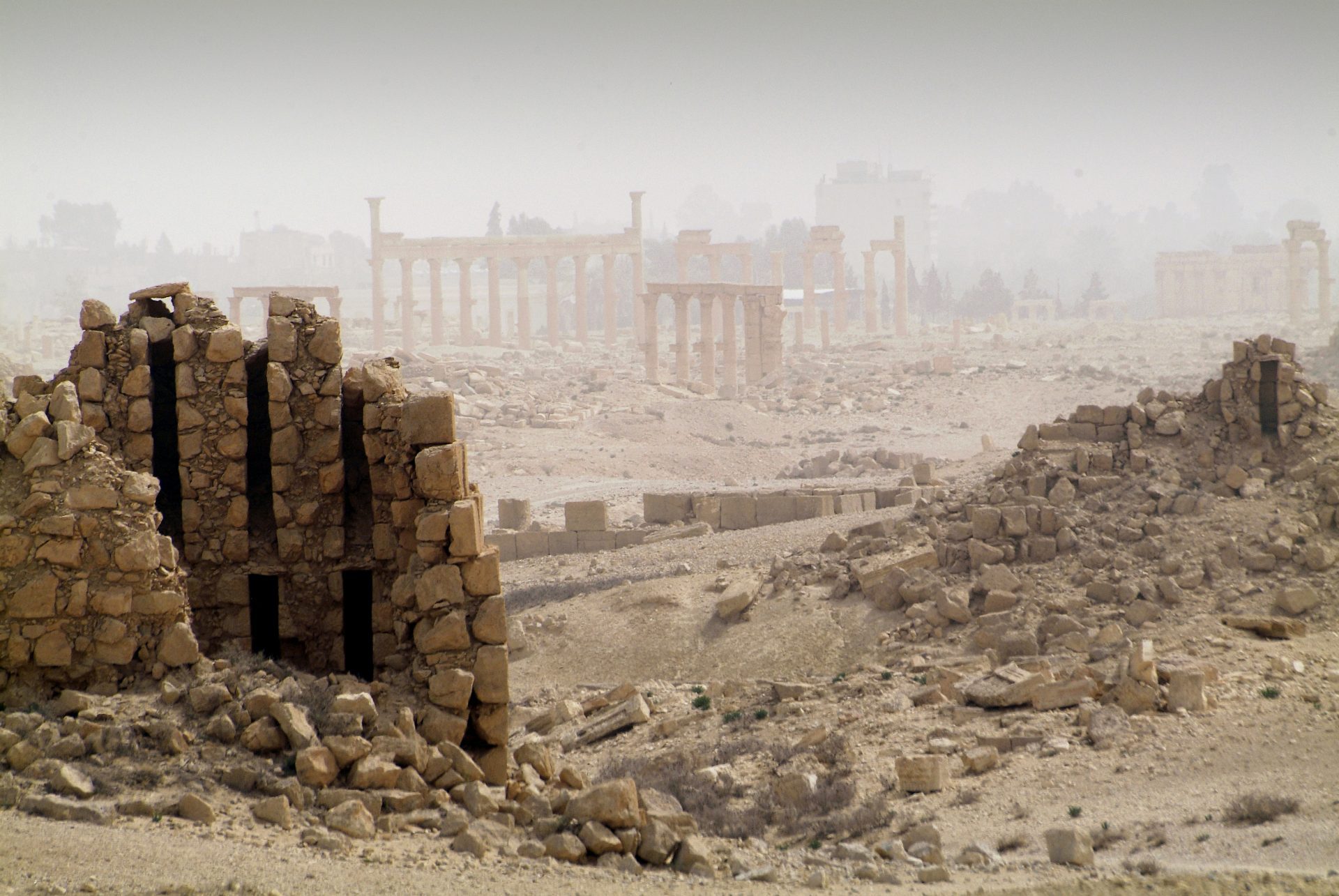Archaeologists conducting a study to estimate the maximum productivity of the land around Palmyra are revealing new insights that questions the historical narrative.
Palmya is located in present-day Homs Governorate, Syria. Archaeological finds date an early settlement to the Neolithic period, with the first documented mention of the city dating to the early 2nd millennium BC.
Palmyra’s wealth was generated through a system of trade networks, funding the construction of monumental projects such as the Great Colonnade, the Temple of Bel, and the distinctive tower tombs.
The most legendary story of Palmyra is that of Queen Zenobia who rebelled against Rome and established the Palmyrene Empire. In AD 270, Zenobia launched an invasion that brought most of the Roman East under her sway and culminated with the annexation of Egypt.
By AD271 her domain extended from Ancyra, central Anatolia, to southern Egypt, although she remained nominally subordinate to Rome. However, in reaction to the campaign of the Roman emperor Aurelian in AD 272, Zenobia declared her son emperor and assumed the title of empress (declaring Palmyra’s secession from Rome). In response, Aurelian destroyed Palmyra, which was later restored by Diocletian at a massively reduced size in subjugation to the Roman Empire.
Deteriorating climate and a growing population
Now, scientists from Aarhus University and the University of Bergen are questioning the historical narrative about the final blow given to the city solely by the Roman invasion.
“We can now see that food security, always the main concern for a large urban centre situated in a highly inhospitable environment, was gradually reduced with a deteriorating climate and a growing population of the city.
The timing of this nexus matches exactly the time of the reign of Zenobia and of that of her husband, Odaenathus, marked by social shifts, militarisation, the rapid conquest of neighbouring lands and the dramatic conflict that led to the demise of Palmyra,” says Dr Iza Romanowska, one of the authors behind the new study.
Interdisciplinary team effort unlocks complex data
The interdisciplinary research team reconstructed the hinterland of Palmyra – the area around the city that could provide it with basic foodstuff – and used modern land-use models developed for dry and semi-dry environments to estimate the maximum productivity of the land.
They then ran the model against existing climate records to determine how much food could be produced at different points in Palmyra’s history and with what reliability. In order to do this, archaeologists, ancient historians and complexity scientists joined forces to unleash the knowledge locked in the otherwise impenetrable data.
The results showed that a long-term climatic shift towards drier and hotter climate caused a gradual decrease in agricultural yields, reaching levels barely sufficient to feed the budding population of Palmyra around the middle of the third century AD.
Innovative new approach – new angles
Co-author Professor Rubina Raja, Aarhus University’s chair of classical archaeology and director of the DNRF-funded Centre of Excellence for Urban Network Evolutions (UrbNet) heads the Carlsberg Foundation-funded project “Circular Economy and Urban Sustainability in Antiquity” from which the study stems. Rubina Raja adds:
“While there have been numerous studies looking at Palmyra’s history, social composition and infrastructure, it is thanks to the innovative new approach that we are able to look at the history of this important city and the whole region from an entirely new angle. By combining computational modelling with a wide range of archaeological data processed by humanities researchers with deep historical knowledge we are able to consider the circular economy and its long-term sustainability and resilience.”
Learning from the past is key
The study sets up a research pipeline, including computer scripts and detailed instructions, that will enable other researchers to analyse other ancient cities and determine how often and under what circumstances food security played a key role in shaping historical trajectories of past peoples.
“This kind of study showcases that many challenges which our societies face today had equivalents in the past. Contrary to the often-repeated trope that humans never learn from history, we can and we should learn lessons from the past,” says professor in Global History at the University of Bergen and one of the study’s authors, Eivind Heldaas Seland.
https://doi.org/10.1371/journal.pone.0273241
Header Image Credit : Shutterstock (Copyright)





